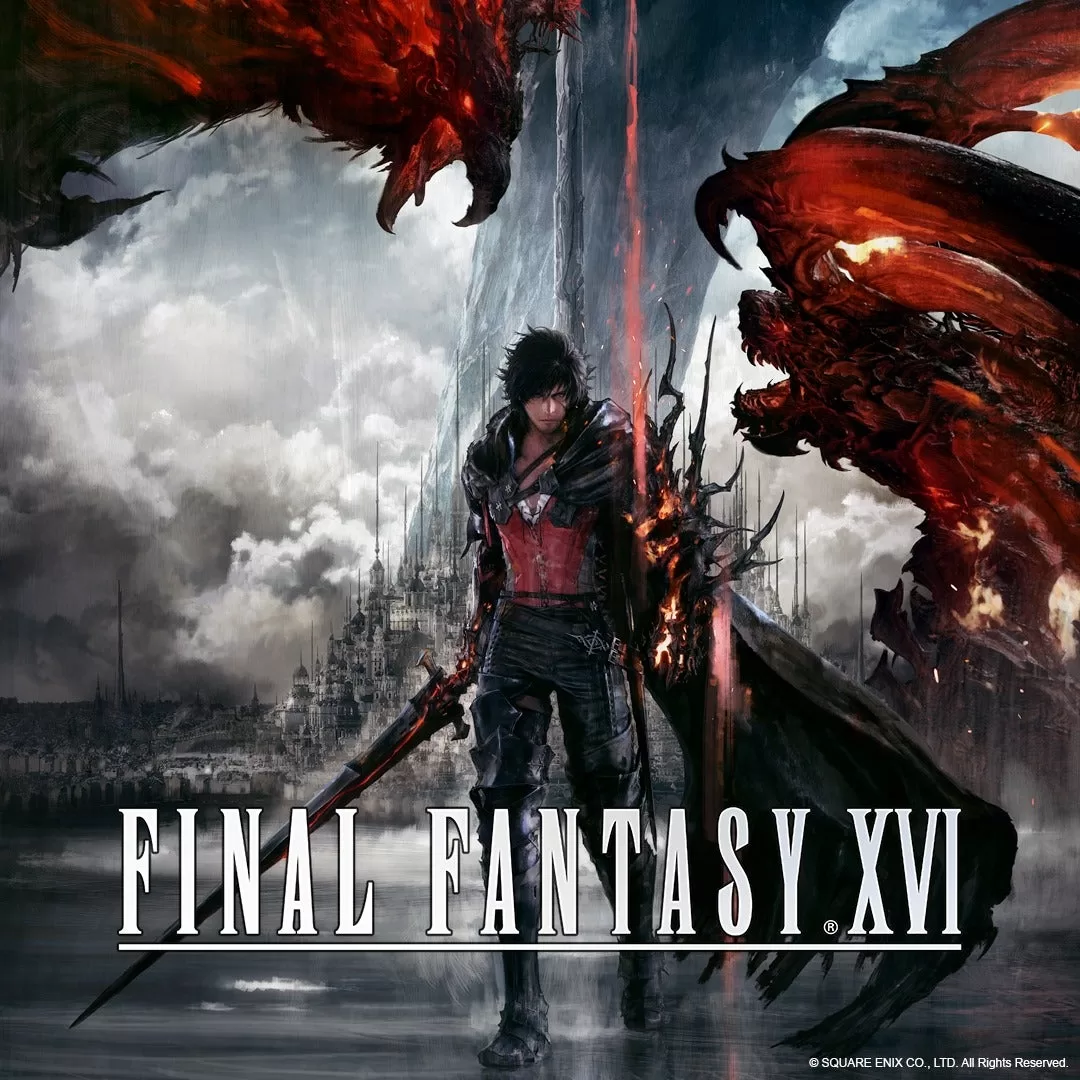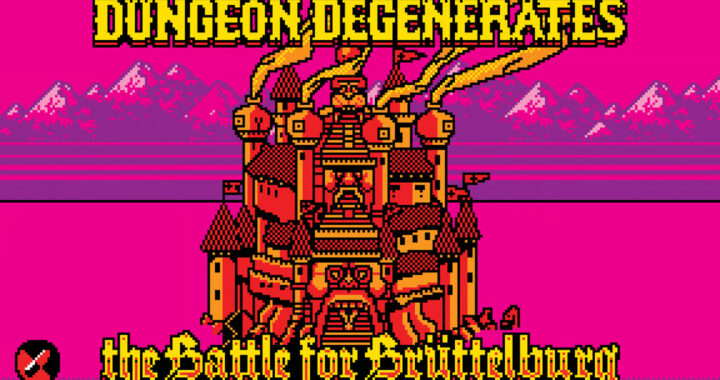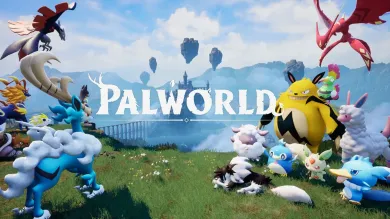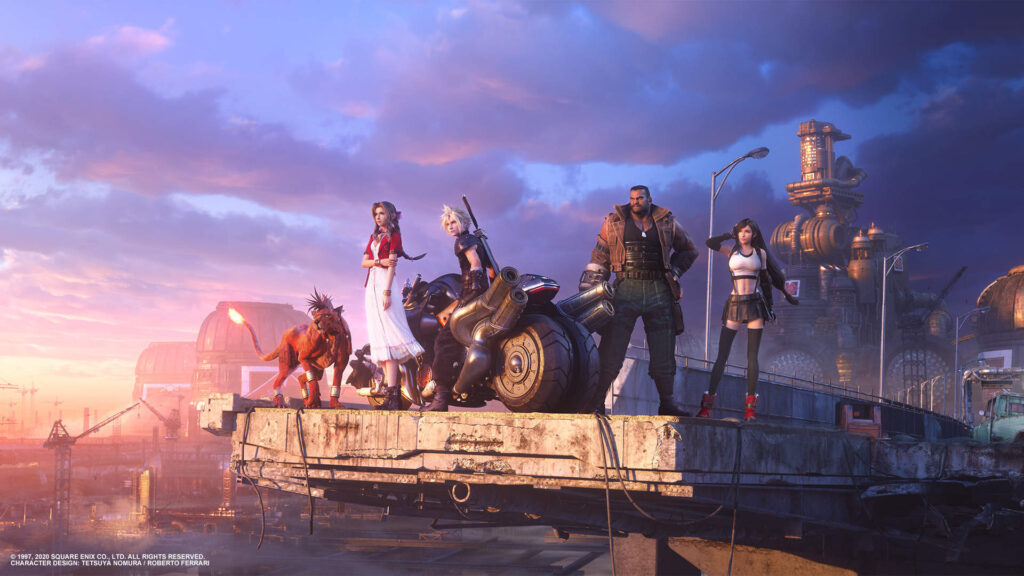
A Newcomer’s Guide To: Final Fantasy
Welcome back to the Newcomer’s Guide, where we explore long-running franchises with the intent of making them accessible to first-timers. Today, we’ll be turning our attention to one of my favorite video game series of all time, the Final Fantasy series.
There are very few series of video game RPGs that have the storied reputation as the Final Fantasy series. The Final Fantasy series was created by Hironobu Sakaguchi, who was active with the company until the release of Final Fantasy X. Since the release of the first Final Fantasy game for the original NES in 1987, the series consists of fifteen main entries, numerous spinoffs, crossovers, and side entries. Some of the main entries even have sequels (mainly X and XIII) and two of them are MMOs (including XI and XIV). Final Fantasy even has a spiritual successor series, Bravely Default, in addition to other games that build from the Final Fantasy formula. Most recently, publisher Square Enix recently began a Remake series for Final Fantasy 7, which reimagines the story of FF7 but with a different battle system, plot, and more refined graphics. There’s a lot of games in Final Fantasy, and it may seem difficult to keep them all straight if you’ve never played them. Even the numbering is sometimes confusing depending on whether you’re talking about the Japanese versions or the English ones.
Because there have been so many games that feature Final Fantasy characters and storylines, I’ll break down the main series entries and give a general description of how the series operates. We’ll also discuss the best place to jump into the series, at least as of the time of this writing.
What Is Final Fantasy?
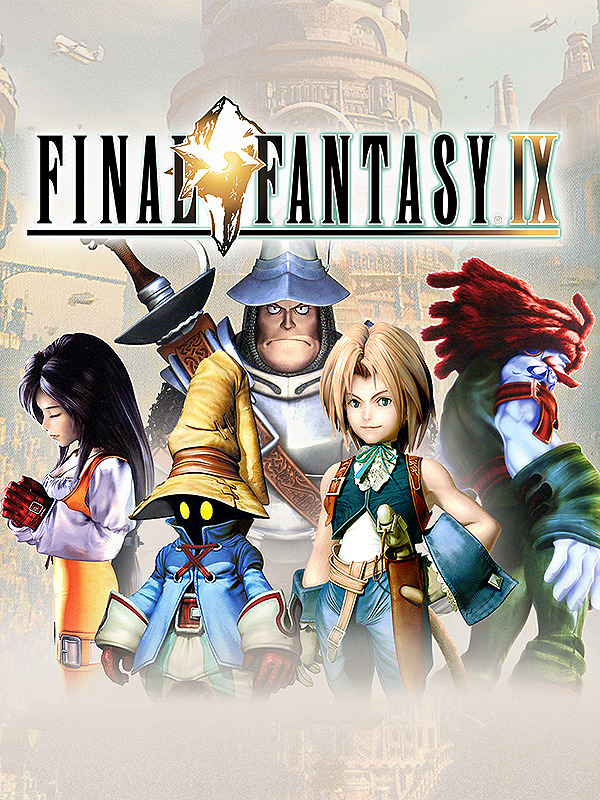
Final Fantasy has become somewhat elastic over the years, because the series has evolved with time, gaming trends, and the development of gaming technology. It would be difficult to look at the most recent entries and find much in common with the original title for the NES. Some of them don’t even share the same genre However, there are a few general commonalities between most of the games in the series.
Final Fantasy is perhaps best known for its grandiose storytelling, featuring a group of heroic characters that must embark on an epic quest. The quest usually involves opposing an evil empire of some type, eventually doing battle with a cosmic threat or a villain who seeks godlike power. Typically, there will be several members of the party that will travel with you, and the game will allow you to control anywhere from three to five party members at one time. The game usually gives the player different combat options from physical attacks to magic (usually based on some kind of complex magic system), the ability to summon powerful entities to fight for you, and the use of curative or offensive items.
Beyond that, there are very few elements that are common to every game in the system. Final Fantasy typically evolves with each game, and the emphasis has shifted sharply since the departure of creator Hironobu Sakaguchi. Most of the games in the series operate by turn-based combat, but this has gradually changed since Final Fantasy X. More recent games have experimented with ideas ranging from MMO-style combat to the Paradigm System in FF13 to button-mashing ARPG combat as seen in Final Fantasy 7 Remake.
Moreover, the general approach to the storytelling has changed a great deal even before the departure of Sakaguchi. In most of the early games, it was easy to define a Final Fantasy game through the tropes and defined series elements. These games would usually revolve around the search for powerful magic crystals and stopping the villains from acquiring their power. They all used turn-based combat, and typically involved simple commands like “Fight”, “Magic”, “Summon”, or “Item”. Health and Magic were based on a counter system, and these stats would increase based on level. Many of these elements are common to RPGs today, but Final Fantasy either defined or popularized many of these features.
Additionally, worldbuilding elements would often come back in Final Fantasy sequels in the early days of the series. Transportation methods like chocobos (large ostrich-like birds that the party could ride) and airships would recur in many of the games. Phoenix Downs, magical feathers with the power of resurrection, are a staple of the series. Monsters would often come back, including some unique to the series, such as the Cactuar (a humanoid cactus that moves at high speed), the infamous Malboro (a deadly plant creature that casts multiple status effects), and the Adamantoise (a mammoth-sized giant turtle monster). Even certain character names might recur from time to time. Characters named “Biggs” and “Wedge”, named for Star Wars pilots, would come back as friendly nods. However, the most notable of these is Cid, who would return constantly in different forms throughout the long span of the Final Fantasy series. The best known Cid is perhaps Cid Highwind from Final Fantasy 7, a gruff and foul-mouthed astronaut who joins the main party midway through the game.
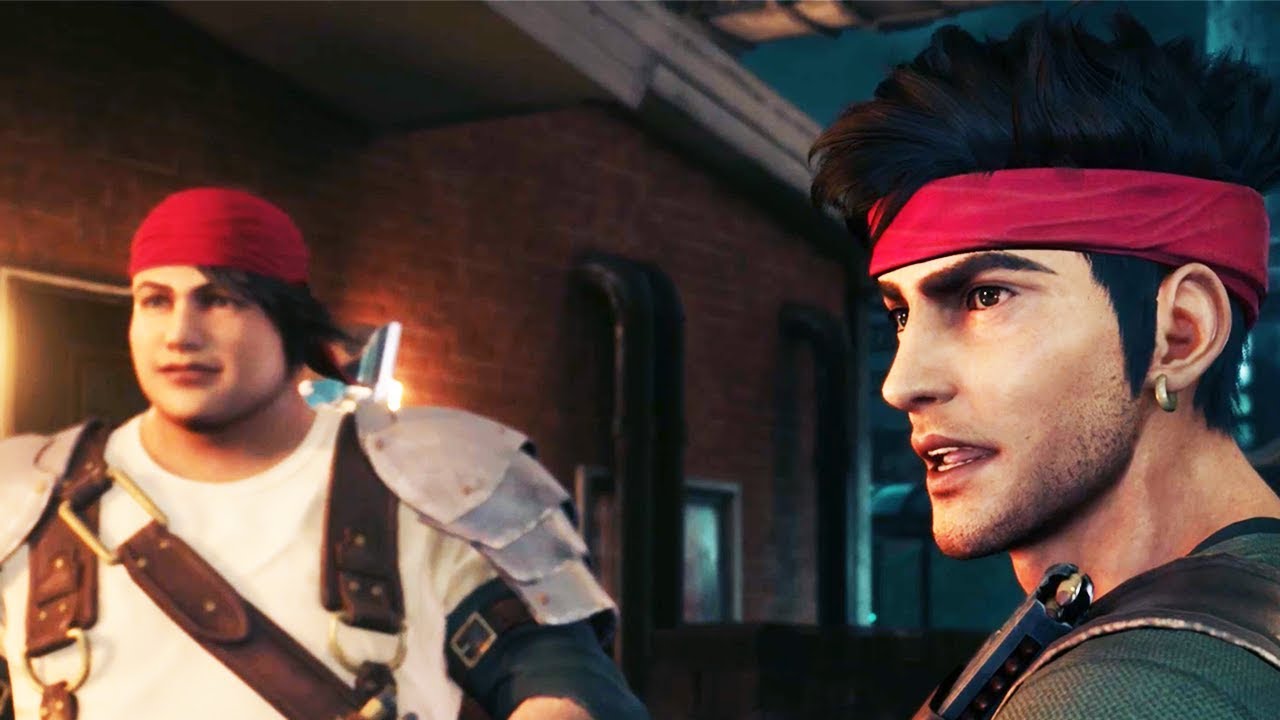
Eventually, however, the series began to shift away from traditional medieval fantasy that the games were known for during the NES and SNES era. This began with the beloved Final Fantasy 6, the last game of the SNES era, which moved towards steampunk, though it was still recognizably the Final Fantasy of earlier games. The shift to the PlayStation changed the storytelling style, incorporating more and more elements of science fiction into the series. Final Fantasy 7 incorporated elements of cyberpunk, especially in the corporate-owned city of Midgar. Final Fantasy 8 would cement the change with the addition of ideas like the gunblade, the use of firearms and other modern or futuristic technology, and the exploration of ideas like time travel. Occasional games might revisit the medieval setting after this—Final Fantasy 9 most notably—but later games usually involved a genre blend of fantasy and SF elements.
Magic systems would also evolve significantly. The earlier games usually drew on a magic meter with a counter. There would be defined magic subclasses—a Black Mage to cast offensive spells, a White Magic to heal or protect party members, and a Summoner to call powerful beings to help the party. Other mage types include the Red Mage (which could cast White and Black magic but not as powerful as a pure mage) and the Time Mage (which could cast Haste, Slow, or other buff effects).
Eventually, these differences would be phased out in most games as magic systems evolved. Final Fantasy 5 created the Job Class system, where any character could learn any skill, allowing each character to specialize in two classes. Final Fantasy 6 introduced Espers, which allowed a character to gradually learn specific spells by equipping the crystalline remains of an Esper (called Magicite). Final Fantasy 7 refined this with the popular Materia system, where Materia crystals would be equipped on weapons and armor; this enabled magic spells, though it would take points earned in battle to unlock the more powerful abilities. FF8 used the Junction System, equipping summoned beings (called Guardian Forces) to boost stats, and Draw to acquire magic. Although FF9, FF10, and FF12 were a little more traditional with their magic systems, FF13 would use the complicated Crystarium and Paradigm System to grant abilities to party members. This would be pared back in FF15, though it still used a complex menu to unlock abilities for each party member. As the series became more and more successful, Square Enix would attempt to evolve the magic and combat systems even further.
The result is a series that looks and feels very different over time, sometimes from game to game. However, many of these games are considered classics of the RPG genre today, and the majority are still worth playing even after all these years. Final Fantasy’s ability to adapt to the gaming needs of its audience is one reason why this series has been as enduring as it is.
Where To Begin With Final Fantasy
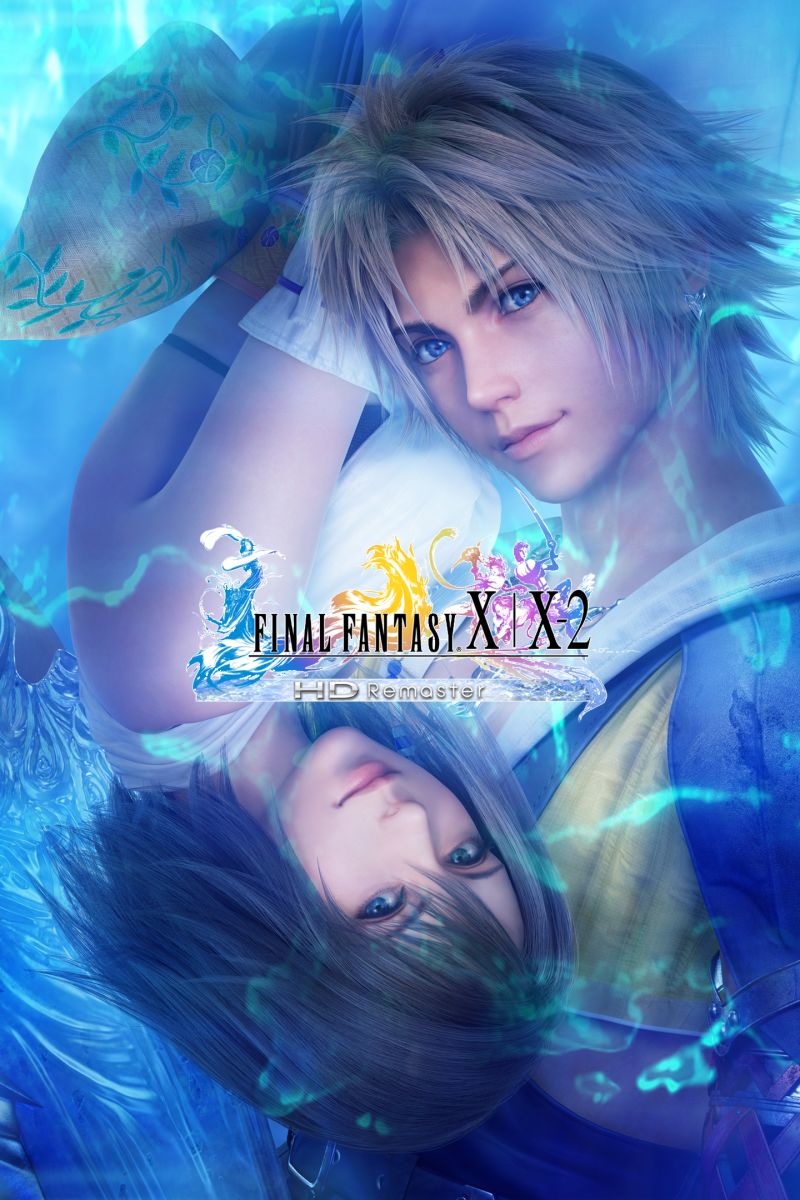
Fortunately, the Final Fantasy is relatively easy to get into, at least in terms of finding a good jumping-on point. Most of the games in the series are accessible and you can jump into almost any of them without needing to know anything at all.
The reason for this is that the Final Fantasy games are mostly all standalone stories, each in its own separate universe. While there may be elements in common from game to game—a Cid character or a monster you’ve faced before—each story is completely unique and doesn’t draw on any previous games in the series. You can play them in any order you like as well; you can play Final Fantasy 10 and then Final Fantasy 6 and feel like you’ve missed absolutely nothing. This gives you a luxury of choices about where to begin. You could easily just jump into to whatever title appeals to you most.
However, there are exceptions to this rule. Some games in the series do have direct sequels. Final Fantasy 7 has several spinoff titles, including Crisis Core and Dirge of Cerberus, and that’s leaving out Final Fantasy 7 Remake in 2020. Final Fantasy X has a direct follow-up in Final Fantasy X-2 (though I’d generally recommend skipping this one). Final Fantasy XIII is a full trilogy with Final Fantasy XIII-2 and Lightning Returns (which is XIII-13 in practice). However, FF13 is generally regarded as among the worst games in the series, so you may want to wait on those games unless you’re interested in them.
Although Final Fantasy is generally accessible in terms of storytelling, the same cannot be said of the graphics and gameplay. The earliest Final Fantasy games look very crude, the combat is simplistic, and the writing is less refined. That may put off players who are interested in modern-looking graphics, gameplay, and storytelling, especially if you’re used to modern Square Enix games. Also, not every Final Fantasy game will give you a proper Final Fantasy experience, as some of them are either experimental or a deliberate turn away from classic series tropes. You’ll be spoiled for choices for your first FF game, but not every game will look, feel, or play like a traditional Final Fantasy game.
My best suggestion is to begin with the original Final Fantasy X. This is where Final Fantasy began to take its turn towards modern RPG graphics and gameplay, but it has enough of the classic FF experience to give you a good feel for the series. The graphics are modern-looking, especially with the Remastered version for current-gen and last-gen consoles. The music is a good representation of the series; FF’s musical selection is typically among the finest in gaming. The combat is turn-based, which may not appeal to fans of ARPG combat, but it is strategic and enjoyable in this game. Much of the combat revolves around knowing which party members to use in each encounter and being able to identify and exploit enemy weaknesses. The story is not Square’s best, and there are better characters than Tidus, but it’s still more than compelling enough to keep you playing until the end.
From there, where do you go? Well, assuming you like the game, you can explore any of the other games in the series. If you want to see what happens next, you can play X-2 (included in the Remaster), or you can try something else entirely. From here, I’ll discuss each game in the series, and how good I think it is for a newcomer. I’ll also discuss any noteworthy spinoff games as needed. Note that I will not be discussing FF11 or FF14, as those are MMOs and I haven’t played them enough to give an opinion (though FF14: A Realm Reborn is well regarded if you like MMOs).
The Main Final Fantasy Series
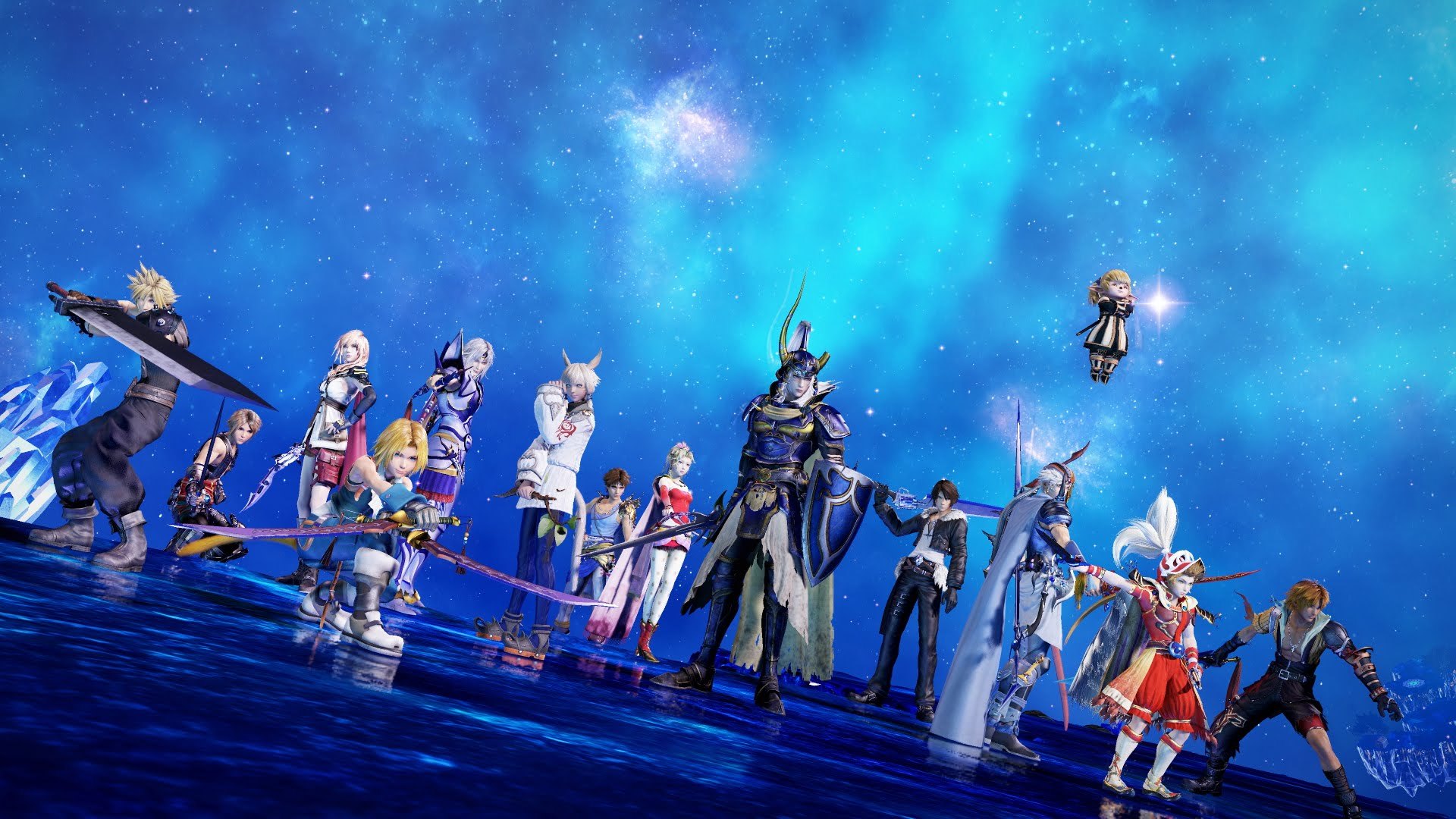
Final Fantasy (NES): If you like a challenge or just want to see the series from the beginning, you could play the original game. I don’t recommend this for most players, though, and to be honest, even I haven’t played the original FF very much. Although a solid story for the time with turn-based combat, it’s an antiquated game and it doesn’t hold up well in an age of photorealistic graphics. But it is worth giving a try if you like retro gaming.
Final Fantasy II: I’ve only played a little bit of this, and it isn’t recommended. FF2 has a steep difficulty curve, and it’s not a favorite among longtime Final Fantasy fans. Some of that may be because Western fans never saw this game until many years after its original release. FF2 is available on Vita packaged with FF1 (as Final Fantasy Origins) if you’re feeling brave and don’t want to spend too much on it.
Final Fantasy III: This game is currently available through a remastered version, but it was another Final Fantasy game that wasn’t brought into the West until years after it was released. It’s a solid game if you like the traditional Final Fantasy formula. The story centers on a small party who have to save the world from a mysterious plague that turns living beings into stone. It’s not a bad choice if you like classic turn-based, but it can be challenging at times.
Final Fantasy IV (JP)/Final Fantasy II (EN): FF4 centers on the story of a Dark Knight seeking redemption for war crimes against a neighboring country, as well as a quest to protect magic crystals. This is technically my second game in the series, having discovered it on the SNES, but it was my first proper Final Fantasy. I have fond memories of FF4, although I’ll be honest—this game hasn’t aged very well. The writing is a bit clunky at times, and the graphics are outdated in their original form. It’s been remade a few times, but be careful which version you try, as some of them are based on the cheaply made version for mobile. Modern versions include a sequel called Final Fantasy: The After Years, which I don’t recommend, as it just revisits the same ideas and not as well as the base FF4 game. But if you can get FF4 for the Game Boy Advance, the PSP, or PS Vita, it’s a decent game if you can get past the graphics.
Final Fantasy V: This game didn’t reach the West until the PlayStation 1 era, where it was bundled with FF6. More recently, it’s been remastered for PC and other platforms, including the Vita, and that version is reasonable. (Though the PC version of Final Fantasy 5 is also a mobile port, it’s at least not as bad as other FF games that have been ported.) I don’t recommend starting here, but it is notable for introducing the Job Class system (my favorite FF game system).
Final Fantasy VI (JP)/Final Fantasy III (US): This is the point where Final Fantasy became a legendary series. If you want to try getting into the older FF games, I would recommend starting with this one. The story focuses on Terra Branford, a mysterious magic user with amnesia who was rescued from servitude to the Gestahlian Empire. There are numerous characters in this game, most of them quite fascinating, and you should be able to find a party you enjoy playing with. The writing is the best of the SNES era, the gameplay is quite good for its day, and the music by Nobuo Uematsu is memorable. Many FF fans also love the game’s main villain, Kefka, though I admit I have a bias against psychotic clown villains; Kefka is basically the FF analogue of the Joker, so if you like the Joker, you’ll love Kefka. Regardless of your opinion of him, though, Final Fantasy 6 is one of the best games in the series even to this day, and you should play this game at least once. Just don’t play the PC version, as it’s a lazy mobile port that ruins the combat; the GBA, Vita, SNES, and SNES Classic versions offer a much better experience.
Final Fantasy VII (PS1): For purposes of clarity, I will refer to this game as either FF7 Classic or FF7 (PS1) to distinguish it from the Remake. The story features Cloud Strife, a mercenary hired by an eco-terrorist group to fight a corrupt company named Shinra before they destroy the planet. Although I deeply love this game, I’ll be the first to admit that it has some glaring weaknesses. The polygon graphics were tolerable in the PS1 era, but they don’t hold up very well today. There are also plot points that don’t quite make sense, as compelling as the ideas are, and party members that get much attention or depth. However, there is much that works, from the Materia system to the characters, to the villains to the outstanding musical score by Uematsu. Sephiroth may be the one villain even more memorable than Kefka, and he remains among Square’s most popular characters to this day. I recommend at least experiencing FF7 Classic before you play the Remake, as the story is far more logical and polished (not to mention free of boring fetch quests). You should especially play it if you want to know where the Remake is subverting the original story and why that game does what it does. Most of all, it’s a modern classic and for well-deserved reasons, and it will reward your time.
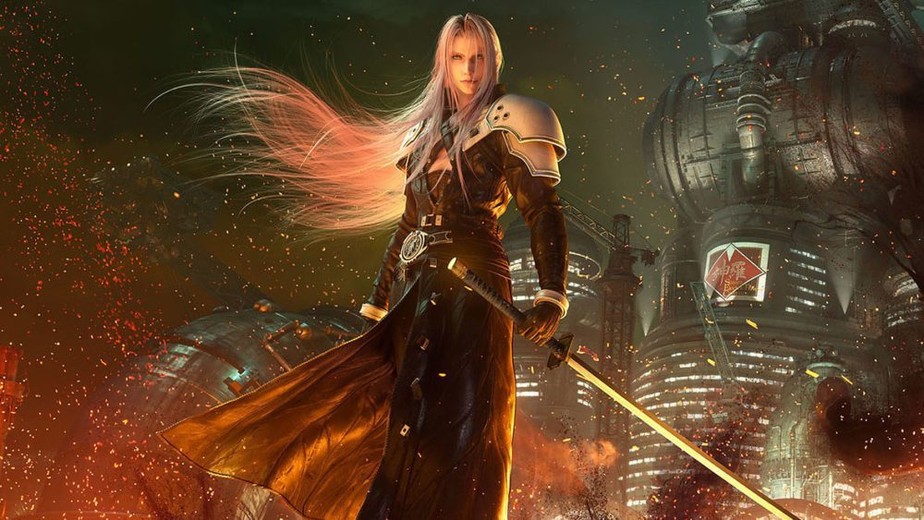
Final Fantasy VIII (PS1): Be warned, this game is extremely divisive among Final Fantasy fans. Some fans can’t stand it, and some think it’s the greatest Final Fantasy ever made. I’ve gone back and forth on iit—I despise the Draw system, the Triple Triad card game, and the monster leveling system that were the game’s major changes. Fortunately, the recent Remaster makes FF8 much better with the optional Boosts, which have raised this game considerably in my view. The Boosts make Drawing much more manageable and less of a grind if you don’t like the card game. The story also has quite a few silly plot holes and one of the most ridiculous main villains I’ve ever seen in a Final Fantasy game. To be fair, though, the graphics are vastly improved compared to FF7, the musical score is among Uematsu’s greatest, and it’s a game that satisfies on an emotional level if not a logical one. I also like many of this game’s ideas and themes, and I appreciate the series’ willingness to take risks.
Final Fantasy IX (PS1): This is my favorite Final Fantasy game of all time, but you may not want to jump into this immediately. FF9 is a game designed as a love letter to classic Final Fantasy and the fanbase that got into the earlier games. At the same time, the graphics are the most polished of the PS1 while offering an excellent story with good characters. Like FF10, this game rewards knowing which characters to use in combat and how to exploit weaknesses. Party member characters gain abilities depending on what weapons and armor they equip (as opposed to equipping Materia or crystals). The basic storytelling style is very old school, with crystals, chocobos, and classic airships, and no SF elements as FF7 and FF8 did. The game can be challenging at times, though, and it features one of the most aggravating super-bosses in the history of the series. It also is a game that rewards a certain level of experience with the series, as there are many Easter eggs and callbacks that you’ll appreciate more if you’ve played the earlier games. Still, you could very easily jump in here if you want the classic experience and do just fine. I’ll also add that Uematsu’s score for Final Fantasy 9 is among his all-time best, and it compares very well with even FF8.
Final Fantasy X (PS2): As mentioned previously, this is my strongest recommendation for the best place to start. I generally enjoy this game quite a bit, though it is flawed on a character and story level. The puzzle levels may also be a bit challenging without a walkthrough. Still, the gameplay is perhaps my favorite in the series, and the graphics are quite good, especially with the Remaster. Some people love the Blitzball minigame as well (I didn’t, but an underwater sports minigame involving elements of Quidditch, soccer and water polo was a neat idea). Still, I love that every character is useful in some way, and the swapping feature gives you some good combat flexibility. FF10 is the right balance between modern and classic, and it’s designed to be friendly to new players.
Final Fantasy XII (PS2): Although I don’t dislike this game in the slightest, this is where the Final Fantasy series begins its decline in my view. FF12 moves back to old-school fantasy, as it is set in the same universe as Final Fantasy Tactics. Fortunately, you do not have to play Tactics to enjoy this, so you could start with FF12 and do just fine. However, this game feels a bit formulaic in its characters and storytelling, as it borrows more than usual from Star Wars in its setup. In addition to the standard evil empire plot, there’s a heroic princess who’s lost her throne, a dashing but roguish pirate captain and his non-human best friend, and two Rashomon-style viewpoint characters (though used poorly in this game). The gameplay feels like a single-player MMO style game with real-time combat in place of standard turn-based combat (up to that point a staple of the series). More than anything, though, it’s a game that doesn’t know who its main hero is (either Ashe or Basch would have worked), focusing instead on the usual spiky-haired youth-appeal character (who has no role in this story). Still, it’s not a bad game at all, just a bit weaker than many of its predecessors. FF12 is not a bad game to jump into if you like that kind of style, and it may appeal more to people who enjoy modern gameplay over turn-based combat.
Final Fantasy XIII (PS3/Xbox 360): Many Final Fantasy fans hate 13, and for what I feel are good reasons. The graphics are admittedly among the best in the series. “Fighting Fate” is also one of my favorite boss battle themes in the entire series, and the music is quite good even without Uematsu. I’ll even admit that I like Lightning as a main heroine, and the gunblade works better here than in FF8. That is where my praise for it ends, because everything else is severely flawed. The game was heavily criticized for essentially being a long hallway—the game is incredibly linear in terms of exploration, it boxes the player in with respect to leveling and progression, and even the Crystarium system of learning skills is essentially a hallway as well. The battle system holds your hand so much that the player does nothing except assign character roles and generalized action commands. Gathering items and equipment make little in-story sense as it’s done here, with save points as item shops, and crafting/upgrating is poorly implemented. The characters are not well written (especially Snow and Hope), the worldbuilding is so poorly explained that you have to read the game’s detailed world notes to understand anything, and the story logic is largely nonsensical. Because of this, I do not recommend playing the FF13 games as a new player; the poorly explained worldbuilding may especially be a turn-off and this game is not reflective of the series in many respects, although it is one of the most visually impressive games in the series.
Final Fantasy XV (PS4/PS5): I have mixed feelings about FF15, but overall I would not recommend this game as a starting point unless you are a huge fan of action games. Final Fantasy 15 is yet another step away from the classic approach of the series—this one is more of an open-world ARPG. The story focuses on the story of Noctis, a prince from a conquered kingdom who is trying to regain his throne from the evil empire. In practice, the early game feels more like a road trip of four friends, though Noctis is the main character you control. The game is a decent blend of fantasy and modern elements, though it feels more like a FF game than games like FF8 or FF13. Ardyn Izunia, the main villain, is entertaining and a good antagonist. The Summons are great in this game, with the Summons feeling like actual gods acting on your behalf. I also quite like the “Warp” mechanics—if you want to fight like the X-Men’s Nightcrawler, you may get some satisfaction from it. Unfortunately, the problem with this game as an accessible starting point is twofold. In the first place, the game requires that you’ve seen the animated movie FFXV: Kingsglaive, which is the prequel to the main game and establishes why Noctis is on the run. Square attempted to tie in the game with other media, and the result is that FF15 is not a self-contained experience. Beyond that, the game is unfinished, as FF15 was designed as a live service and Square discontinued it before the full story could be completed. Final Fantasy 15 is a flawed experience, and though I actually quite like it for what it is, I recommend waiting before attempting to play this game.
Final Fantasy 7 Remake (PS4/PS5): The most recent game in the series, and one I have deep misgivings about. If you’re a fan of modern ARPG-style gameplay and graphics over anything else and don’t want to dive into the earlier games (especially FF7 Classic), you may enjoy FF7 Remake more than I did. My own experience is that I came in excited for the Remake, despite my dislike of the changes to the combat, and gradually came to dislike it. The original demo involved much more tactical combat, but the actual game devolved much more into button-mashing and unnecessary fetch-quests. The story is changed considerably from FF7 Classic, and not in ways that improve the original narrative, especially with its controversial ending (which descends into incomprehensibility on the level of Kingdom Hearts). Still, there are points that redeem this game—the soundtrack is perhaps the best since FF10, the graphics are outstanding, and the characters are generally portrayed well. At times, the game even fleshes out characters who were neglected in the original game, such as Jessie that didn’t originally amount to that much. This game may be more accessible to newcomers that enjoy ARPGs and don’t care about what came before, so you perhaps could start here if that appeals to you. However, this game is divisive among long-time fans, and there are references in this game you may not understand without having played FF7 Classic or its spinoffs. I suggest at least having played FF7 Classic before diving into this game to get the full context for what the Remake is doing.
*
My overall feeling on the main series is that the best way to jump in depends on your gaming tastes. Still, FF10 is generally the best place to begin with Final Fantasy, as it has the broadest level of appeal. If you like retrogaming or old-school combat, you could easily dive into a game like FF6 after playing 10. If you like modern combat and graphics and hate older graphics or turn-based systems, FF12 or FF7 Remake may be more your speed. If you want an MMO experience, turn to FF11 or FF14, though FF12 will give you a similar experience in single-player. If you want something story-driven and turn-based but are turned off by the older style of the SNES era or FF7’s blocky polygons, then FF8 or FF9 are perfectly solid choices. There are very few choices that I’d consider to be actively bad for newcomers, so think about what works best for you and the kind of game you’d most like to play.
Spinoffs, Crossovers, and Spiritual Successors
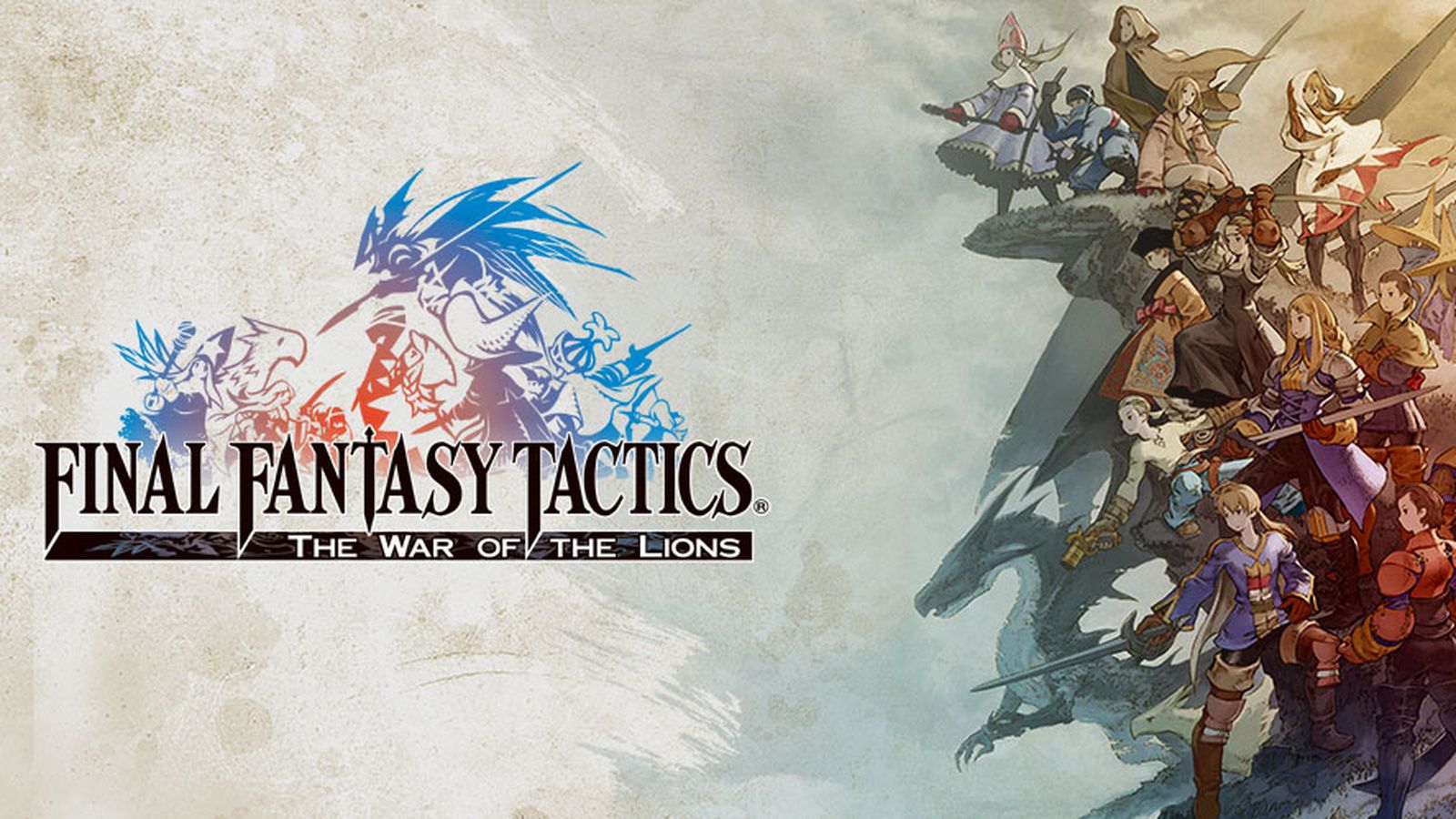
There have been numerous spinoffs, spiritual successors, and related games to the Final Fantasy series, too many to possibly list them all here. I haven’t even played all of them myself. There are that many games that have been produced on a variety of different platforms. I also won’t be discussing any of the animated films, as those are things that I may cover in future Retro Reviews. For now, though, I’ll just briefly touch on games that are related and worth mentioning.
Final Fantasy: Mystic Quest (SNES): Quite a few Final Fantasy fans don’t like this game because it’s a bit simplistic. I wouldn’t play it now either. At the same time, it’s a perfect game for a newcomer if you like playing on older systems. I started out with this game, then moved on to FF4, so it’s fine as a stepping stone to the better games in the series.
Final Fantasy Tactics (PS1): Easily the best Final Fantasy game that’s not part of the main series. It’s the perfect refinement of FF5’s Job Class system, set in a world with classic Final Fantasy story elements. This game did Game of Thrones style dark fantasy before it was cool, and before Dragon Age or the GoT TV show did it. But it’s also a great tactical RPG. It’s been remade as Final Fantasy Tactics: War of the Lions for the PSP, but you can still find the original in the PS Vita store (for now).
Kingdom Hearts series: Not technically Final Fantasy, but Kingdom Hearts is worth mentioning for a few reasons. In the first place, Tetsuya Nomura (known for his work on Final Fantasy games) is the lead designer on Kingdom Hearts. It’s also notable because even though the focus is on Disney characters and worlds, Final Fantasy characters make regular guest appearances in these games. They’re fun if you’re a fan of ARPGs in the Final Fantasy style, although the story is heavily convoluted and complicated. Best of all, they’re all available on PS4/PS5 and Xbox.
Mana series: Also an ARPG series, the Mana series is a direct spinoff of a Final Fantasy spinoff. The first Mana game was Final Fantasy Legends II, and then it gradually evolved into its own separate series. The best known of this is the popular Secret of Mana for the SNES, which was re-released in the past few years. However, there have been other games since then, including Trials of Mana for the PS4/PS5 and Nintendo Switch. It’s a pretty solid series of fantasy ARPGs if you’re interested.
Bravely Default series: A spiritual successor series to the older Final Fantasy games, at this time exclusive only to Nintendo handhelds. The story is very much inspired by games in the vein of Final Fantasy IV, V, and IX, involving a quest for crystals and an evil empire. Bravely Default also offers turn-based combat and the Job Class system from Final Fantasy Tactics. There are only three games in the series so far, two on the Nintendo DS and the third one on the Nintendo Switch, but except for arguably Bravely Default: End Layer, they offer an excellent Final Fantasy experience.
Octopath Traveler: Currently available on PC, Xbox, and Nintendo Switch, Octopath Traveler is a modern Final Fantasy style game in a retro style. Final Fantasy 6 players will find this game familiar-looking, as Octopath looks much like that game. The graphics are based loosely on the SNES, except far more refined with modern hardware, with high-quality lighting effects. The combat is turn-based, centered on a party of eight (with four active members), and exploiting enemy weaknesses much like the Persona series does. Some of the battles in this game can be intensely challenging, especially if you are underleveled, but the game is an enjoyable old-school experience.
*
There are many other games out there as well, though I’m less familiar with these. If you want more Final Fantasy 7, consider looking for Crisis Core or Dirge of Cerberus. Dissidia: Final Fantasy is popular for those who want a more action-oriented experience than the main series. The series is long and expansive, and it includes numerous different types of games in addition to standard turn-based or ARPG style combat.
Final Notes on Final Fantasy
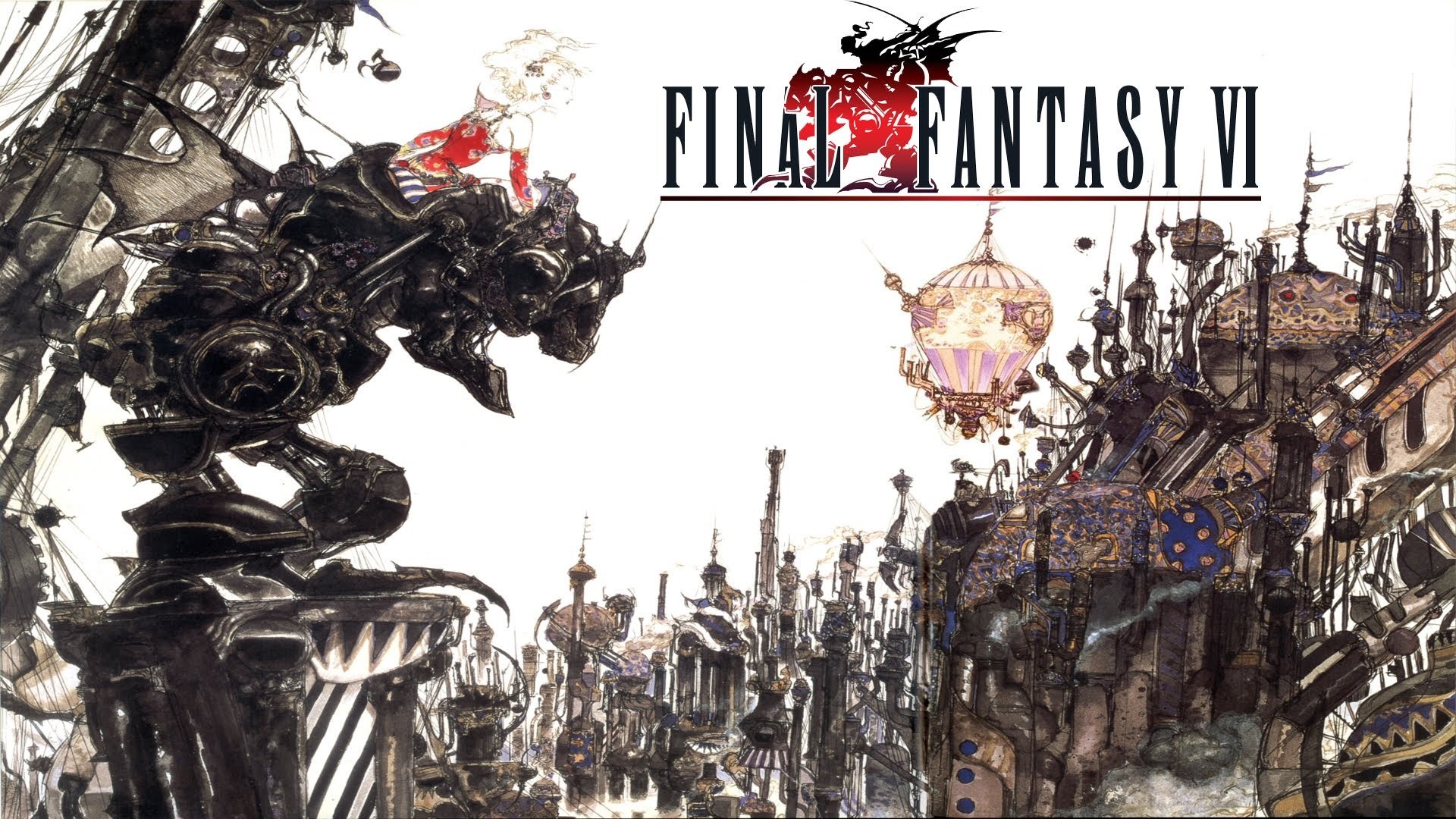
Final Fantasy is one of my favorite JRPG series of all time, even though the series has evolved away from my personal tastes as a player. That should not stop you from seeking out the kinds of games you like, as there is a Final Fantasy out there for just about everyone. As mentioned previously, there are very few bad places to jump in, so find one that appeals to you and try it. They are also extremely replayable as well, allowing plenty of value to the game experience.
I’ll also add that many of the popular games in the main series are now available on all major platforms, including PS4/PS5, Xbox One and Series X/S, Nintendo Switch, and PC. Final Fantasy 7 Classic through FF10 and FF12 are available on all these outlets. If you are an Xbox Game Pass subscriber, you can play several of these games currently for free, so you can try them at no additional cost to you that way. Other games are harder to find, especially if you want them on older consoles, but you can find the main series available on PC without any real difficulty. If you have a PlayStation Vita, you can also find all of the early games in the series up to FF10/FF10-2 on the PSN store.
With Final Fantasy XVI announced and the FF7 Remake series currently in progress, the Final Fantasy series is still in reasonably strong shape. If you’ve ever wanted to explore these games, this is currently a good time to dive into the series, especially if you plan to play them on PC.
Author Profile
- Steve Sellers had been a fan of superheroes ever since Superman: The Movie. But it took the JSA, the Legion of Super-Heroes, Dragonlance, Lord of the Rings, Twilight Zone, and Chris Claremont's legendary run on the X-Men to make him a writer and a longtime fan of comics, fantasy, and science fiction. Steve is the co-creator of WHITE DRUID & MICHAEL NERO and GUARDIANS OF ELAYIM for Omen Comics, and he is also the creator of BLITZ and SHOCKWAVE for Revelation Comics (an imprint of Omen Comics).


